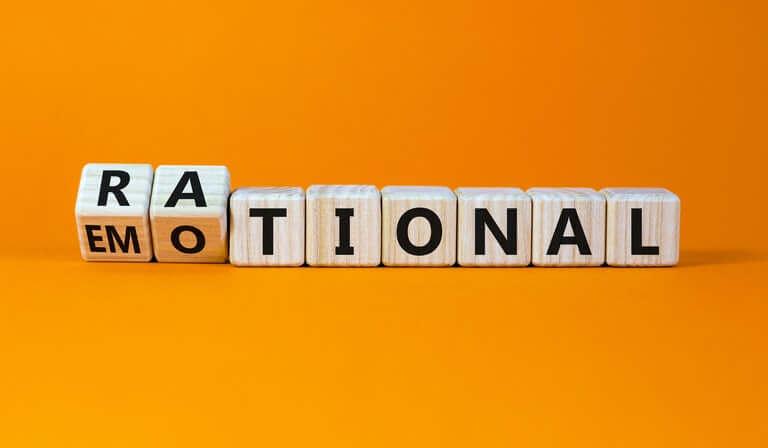Laddering, vaulting, conforming
Me: Hey, Siri. What is laddering?
Siri: Laddering. When a person climbs the rungs of a…
Me: No, not literal laddering! I meant brand laddering – the kind marketers and planners are always going on about.
Siri: Brand laddering. The technique of eliciting higher abstractions of the concepts that people use to organise their world, and the relevant appropriation of these by the brand.
Me: Do what?
Siri: It’s about moving up from attributes, to consequences, to values.
Me: How?
Siri: Via a research technique. You ask people, ‘Why is that important?’ every time they give an answer.
Me: Doesn’t that get a bit annoying?
Siri: Well, it would obviously be bloody annoying for me.
Me: So, give me an example of brand laddering, Siri.
Siri: The classic example is the spicy snack. First attribute: strong flavour. Second attribute: more satisfying. First consequence: eat less. Second consequence: feel healthier. Value: self-esteem.
Me: That seems a bit far-fetched, Siri. So, the spicy snack brand takes people through all those steps in their ads, does it?
Siri: No. The spicy snack brand cuts straight to the chase and does a schmaltzy four-minute video about self-esteem.
Me: And does that work? Is there evidence that laddering builds brands?
Siri: Evidence of effectiveness of brand laddering…let me see…I’m sorry, I am having trouble finding that.
The drawbacks of laddering
Marketers do love a ladder, even though the arguments in its favour have always been more anecdotal than material. It gets you to an emotional communications territory, and received wisdom is that emotion is the driver of consumption choice. If you stay down there in the domain of brand attributes – alluring though some of these may be – you are doomed to be seen as a functional brand, and fail to move hearts in lockstep with minds. So the argument goes.
Recently, though, marketers and the agencies that advise them seem to have clocked the big drawback of the laddering technique: the top rungs all end up in the same place, no matter where the bottom of the ladder is planted. If a spicy snack can get you to self-esteem, then for sure a pain relief medicine, software programme or van can get you there too. Probably saving a couple of rungs along the way.
Does this mean that marketers and agencies are moving away from emotion and exploring techniques that might take their brands to more quirky, rational, light-hearted or humble communications territories? It does not. They still want to get to higher-order emotion – but wish to dispense with the consumer-directed ‘Why is that important?’ questions and all those tiresome rungs.
So here is what they are doing instead: brand vaulting. Still a metaphor, but a far more exciting one than a dull old ladder. Think of a pole-vaulter in the Olympics and you start to get the idea. The brand runs headlong at the consumer and, at first, plants the long communications pole firmly in the soil of a rational brand truth. The action doesn’t stay down there though. Instead, the brand uses the combination of momentum and anchor to soar up from that rational truth into the seemingly impossible heights of rarefied emotional air.
 From laddering to vaulting
From laddering to vaulting
Me: Hey Siri, give me an example of brand vaulting.
Siri: Don’t be cute. You just made it up. You tell me.
Well, the latest Buxton Water ad will serve us pretty well here. It’s a textbook vaulting example, if you ask me. The 30-second spot intercuts shots of water forcing its way up through ‘a mile of British rock’ (the rational anchor) with people valiantly working their way up from the bottom of their chosen pursuits (the emotional vault).
What I like about vaulting is that the connection with the rational product truth is maintained and obvious, which is often not the case with laddering. So I learned something good about the Buxton’s product offer from that ad.
What I’m not so sure about is why it is necessary to go up to that higher emotional space at all. Maybe because I first watched the Buxton ad on a hot sticky night, the bit that appealed and stuck in my consciousness was the watery stuff, all cool and pulsing and clear, as it gurgled and surged through the rock. Yeah, I could fancy that.
Did I really need to see the clumsy kid on the drums, or the dancer going painfully through her moves, or the rower striving for rhythm? Did it add anything? And in any case, aside from the rising water/rising people conceit, what is the causal connection between product and emotional payoff?
Marketers wedded to the idea of ‘emotional connection’ – which is pretty much all of them – will now be asking themselves, ‘Why ladder when you can vault?’ But I would ask, ‘Why do either?’ If the product story is strong and pure and simple enough, why not leave it right there and beautifully extol the attributes and direct benefits? Do we really always need to hit those emotional highs?
Yes, the received wisdom may well be that emotions drive choice, but there is another nugget of industry wisdom out there that marketers and agencies would do well to heed: zag when others zig. Emotional branding, whether you get there through laddering or vaulting or some other exotic methodology, is today’s default. You might get excited about the highs to which it is taking your brand, but it’s worth reminding yourself that your competitors are all doing exactly the same thing.
Rational branding may be unfashionable, but I see no reason why it should be heretical.
Me: Hey Siri, give me some great examples of rational brand campaigns from the past.
Siri: Let’s see, VW ‘Think small’, Avis ‘We try harder’, Union Carbide ‘Chick’, Castrol ‘Liquid engineering’, Ronseal ‘Does exactly what it says on the tin’.
Me: Now give me some examples of rational brand campaigns today.
Siri: Wide open space, Helen, wide open space.
